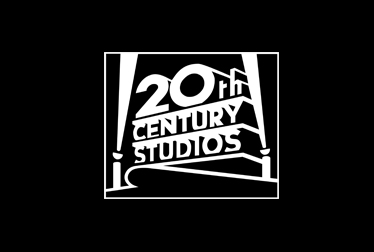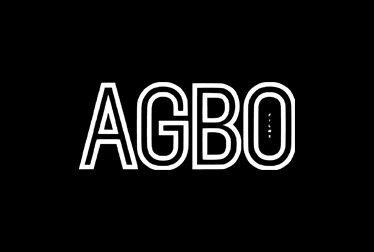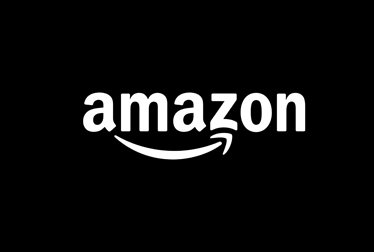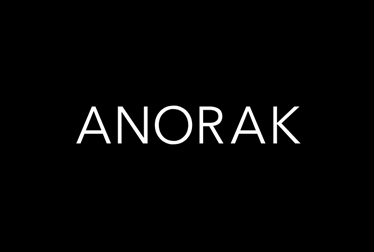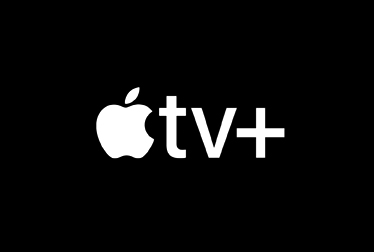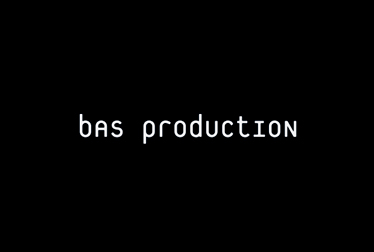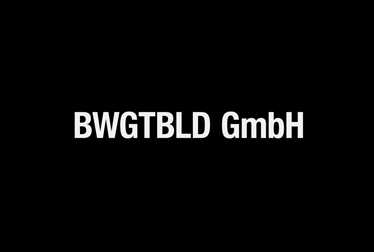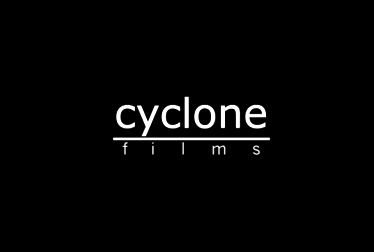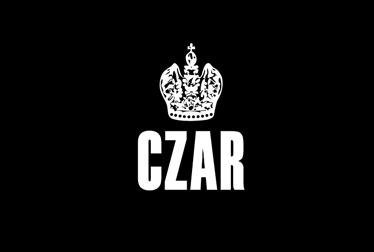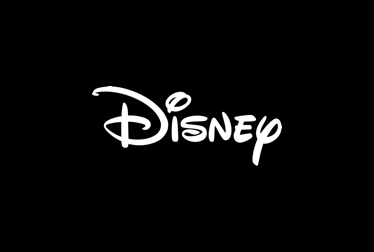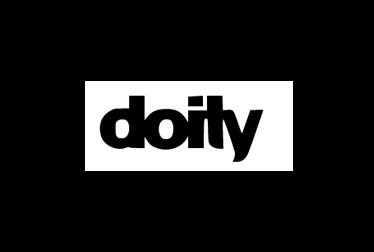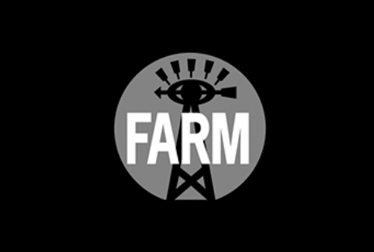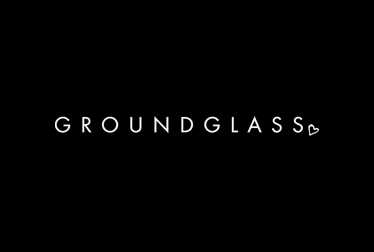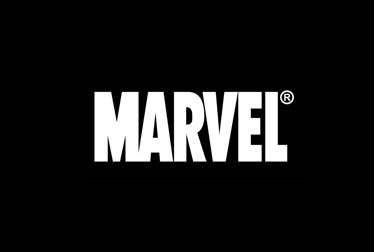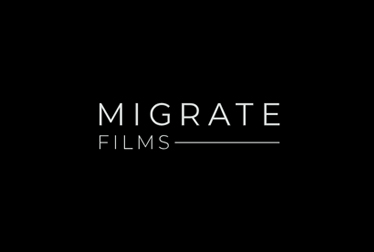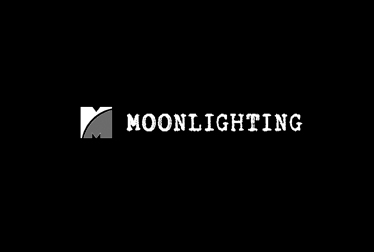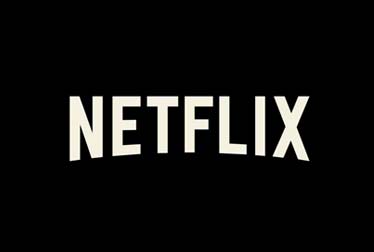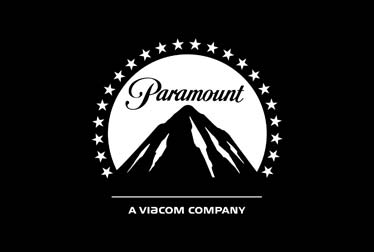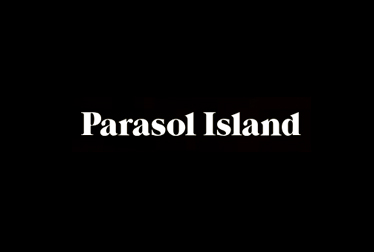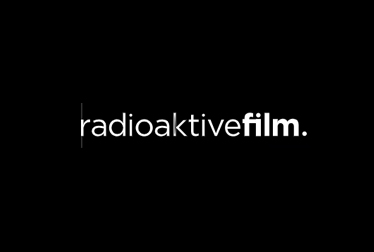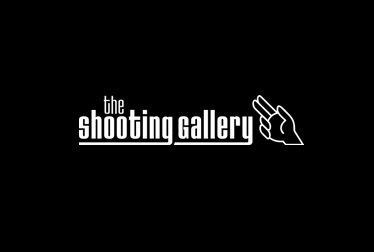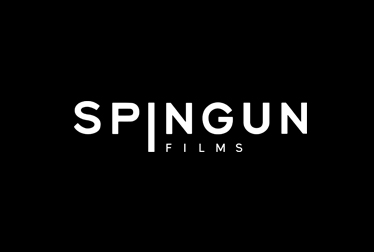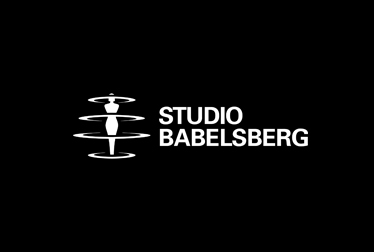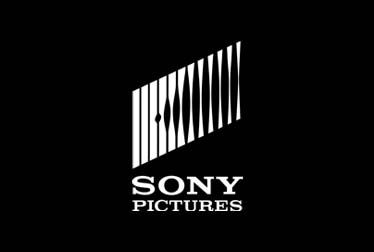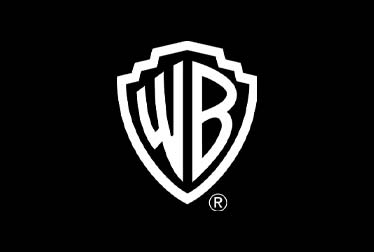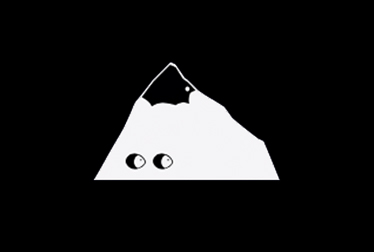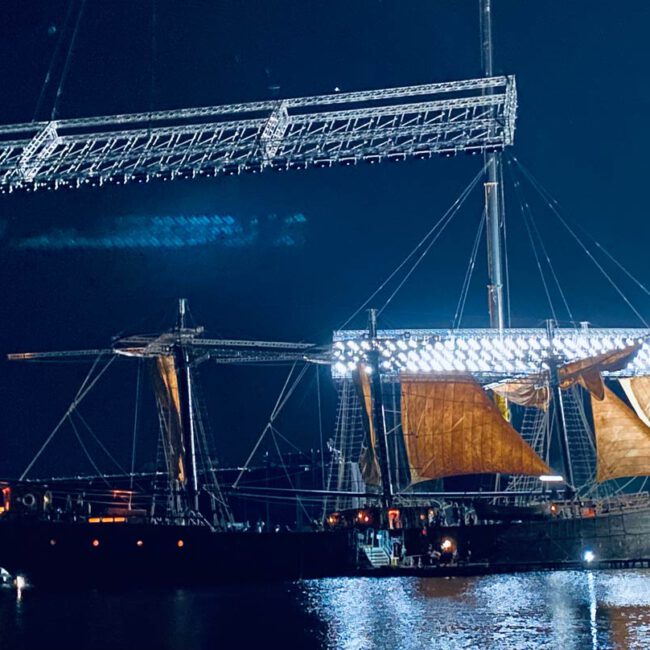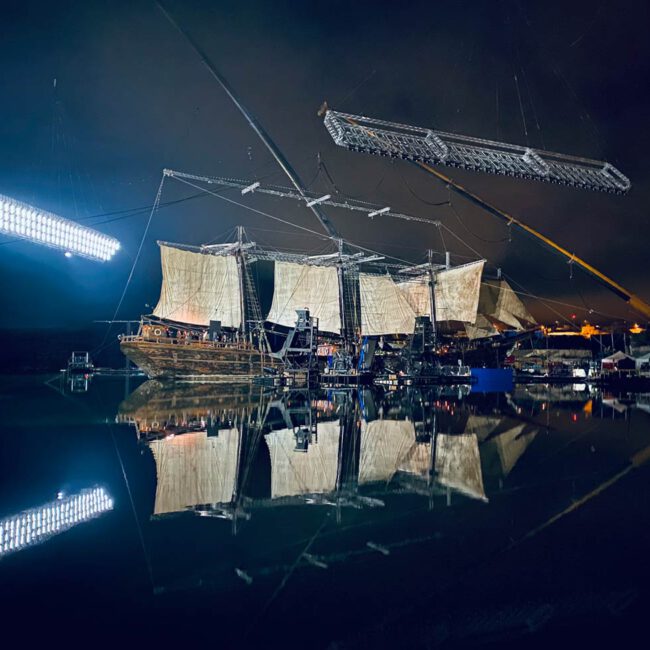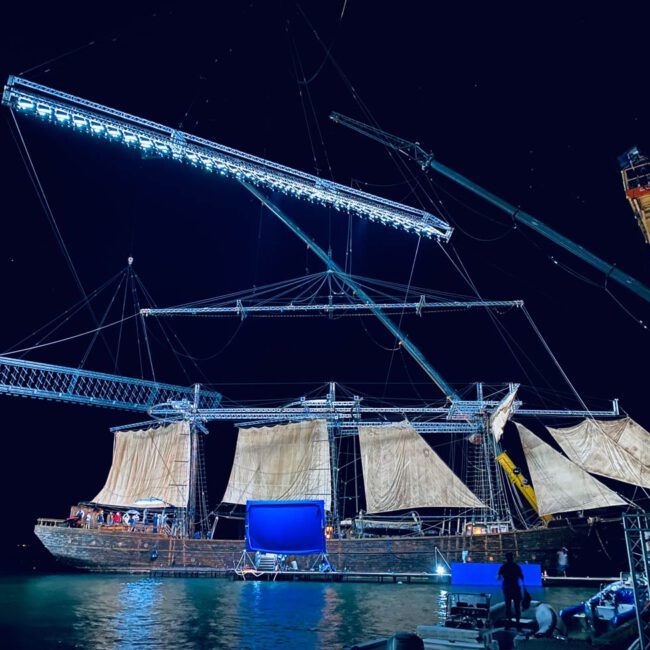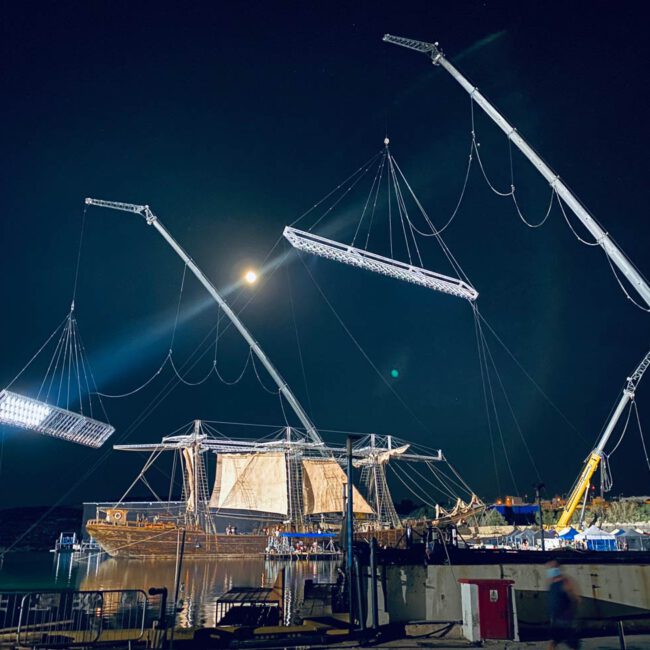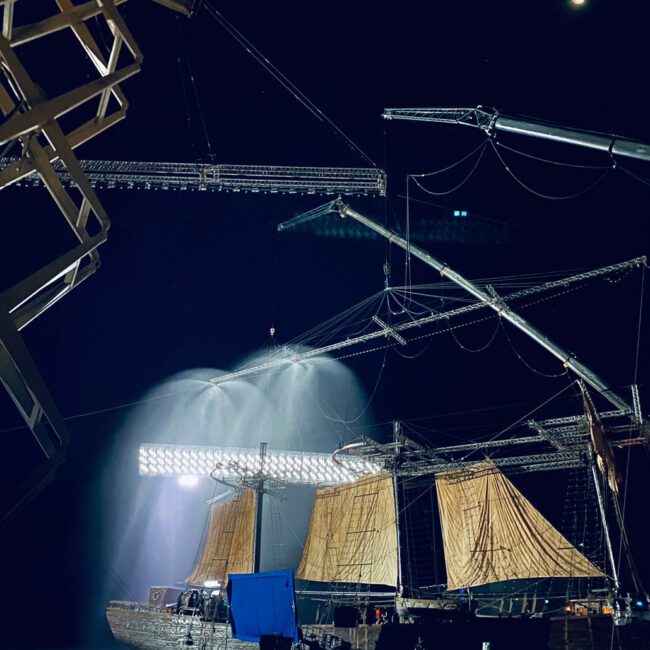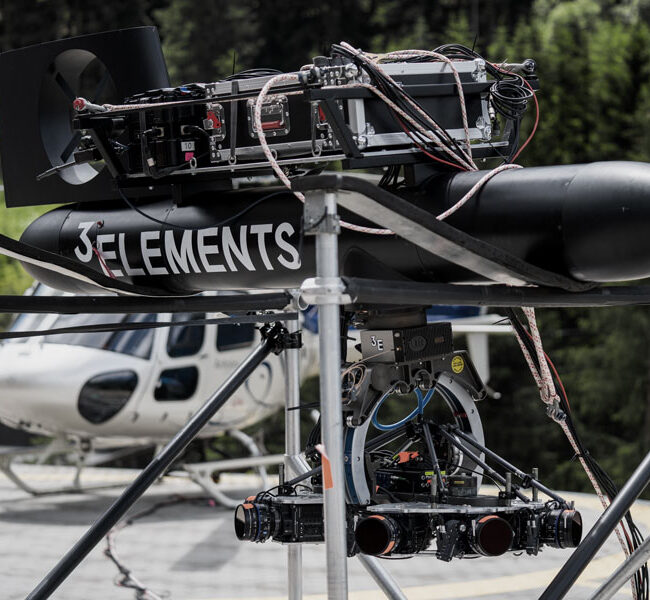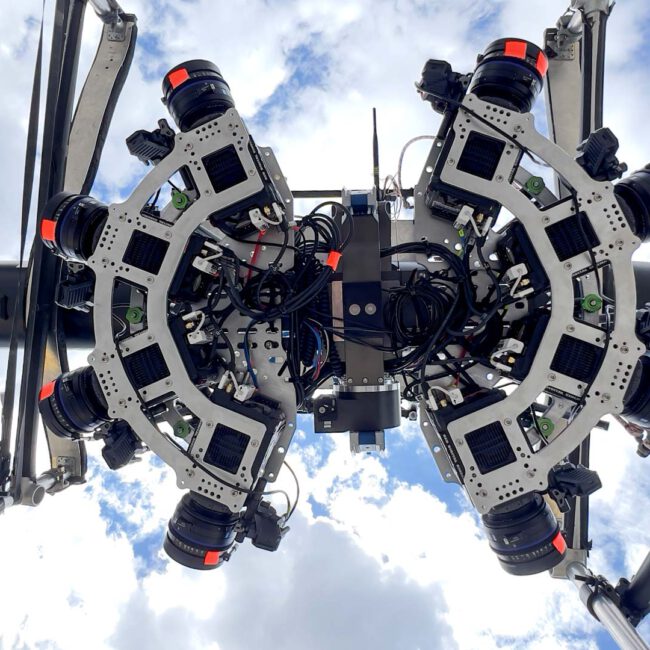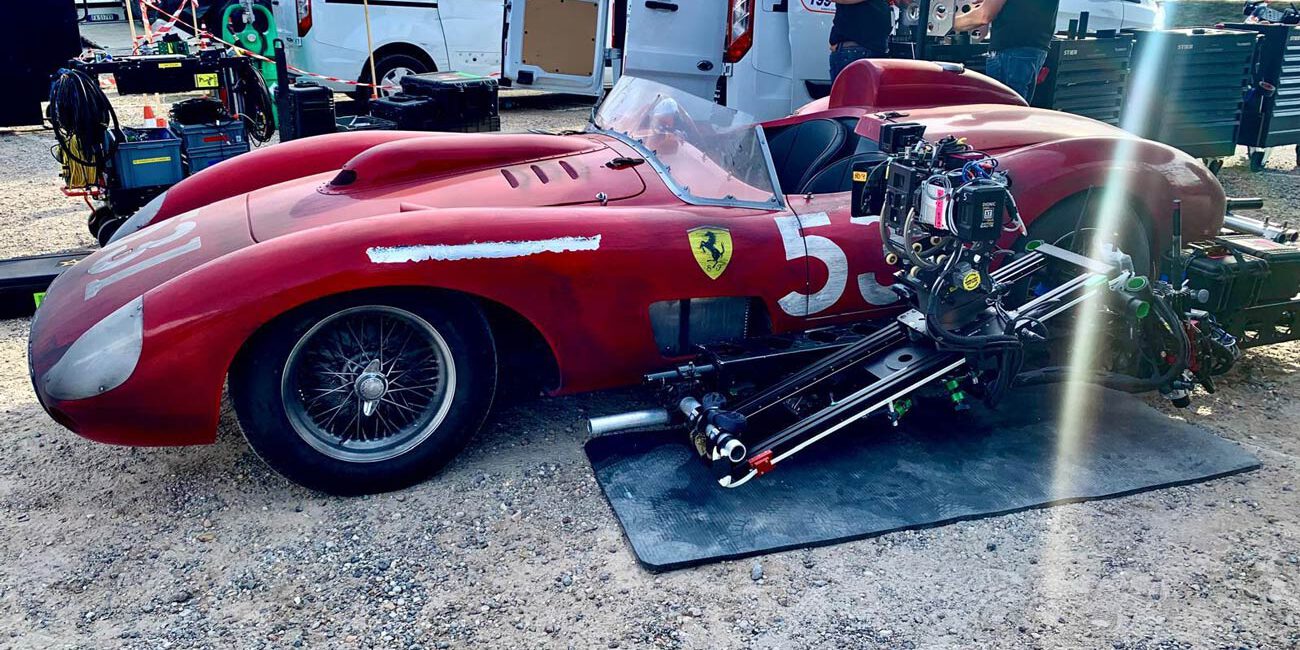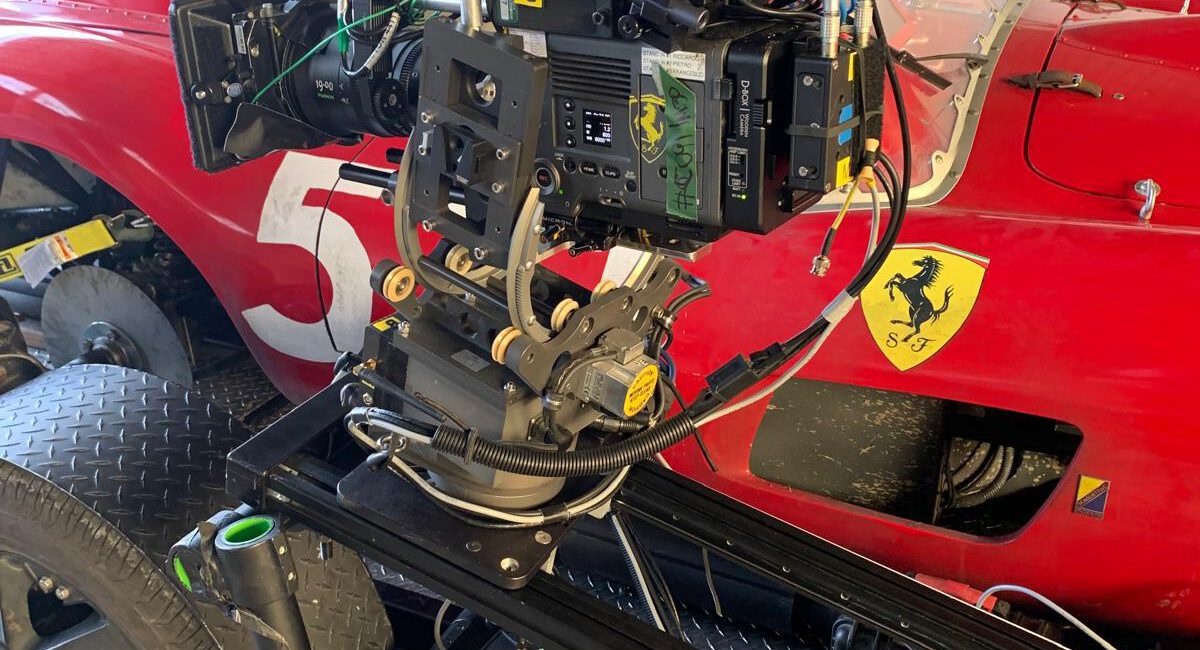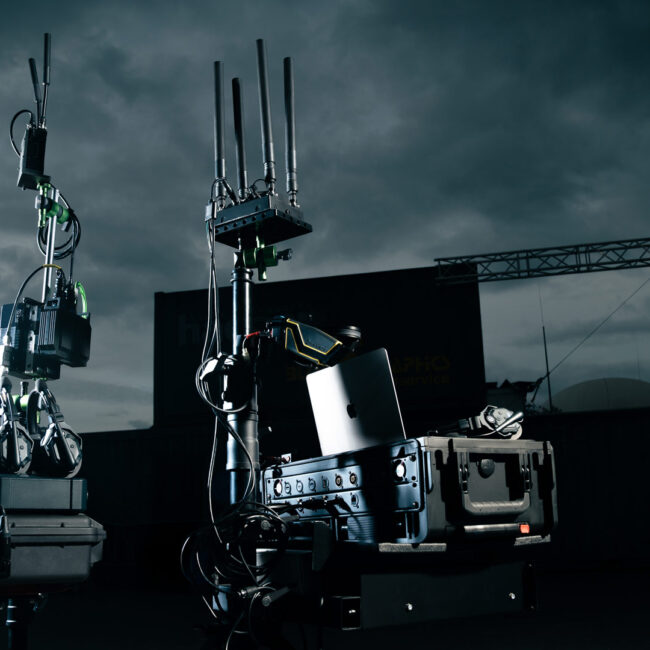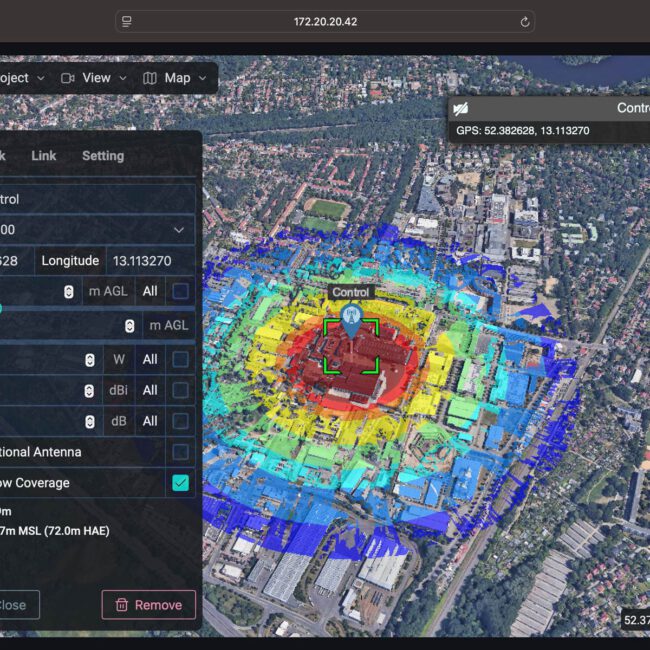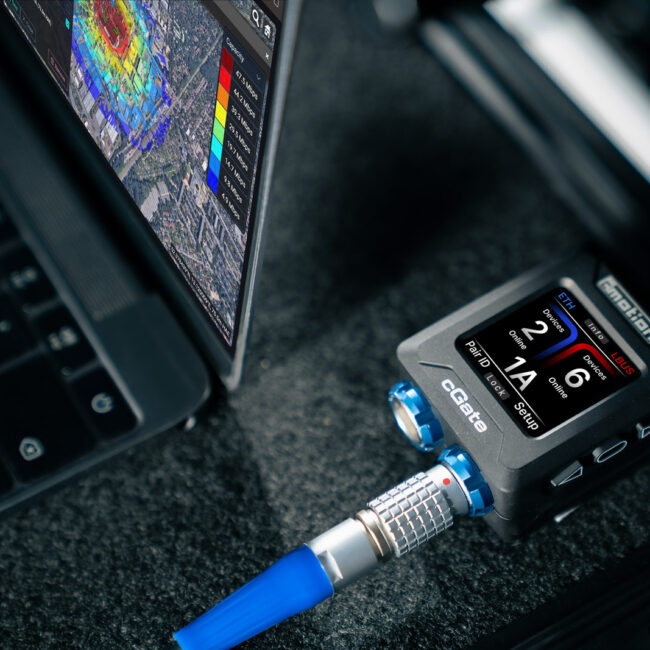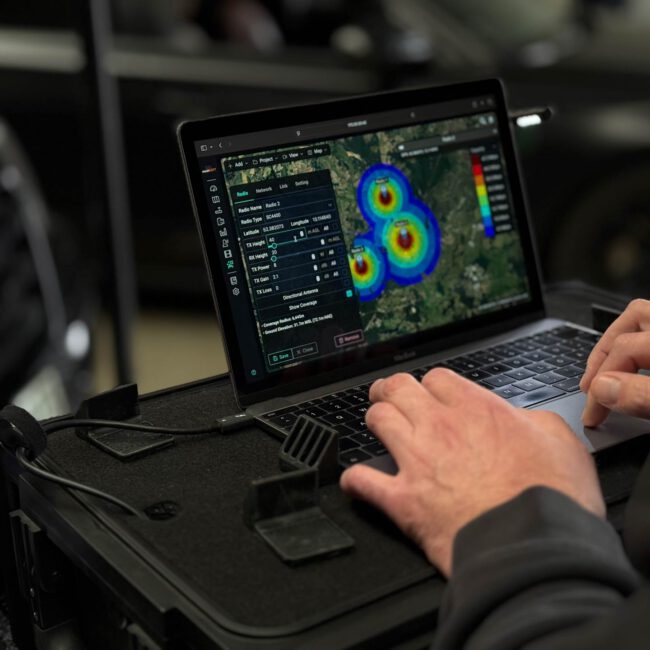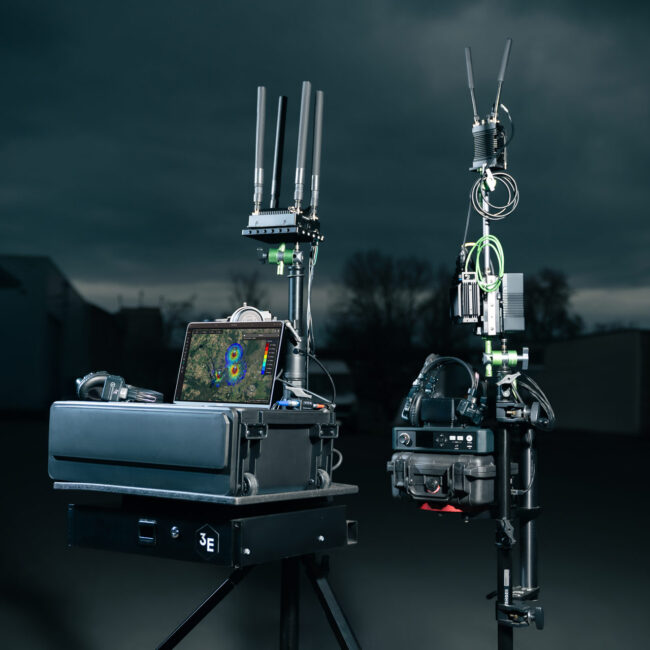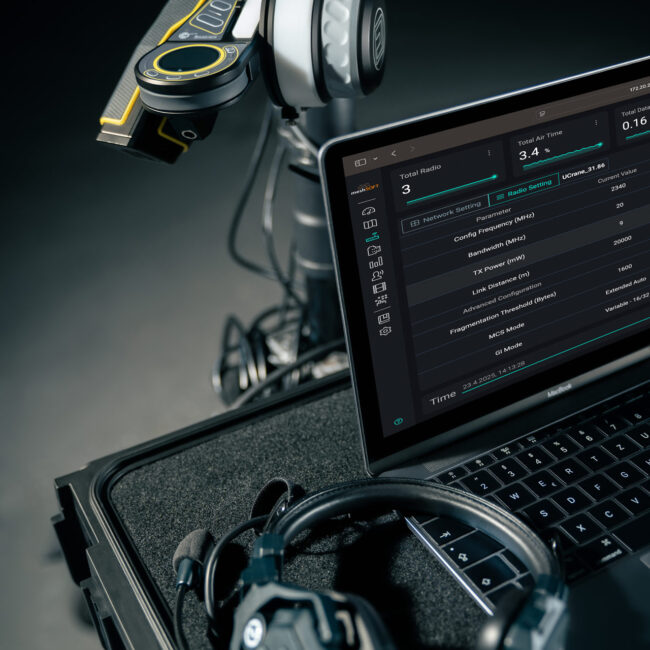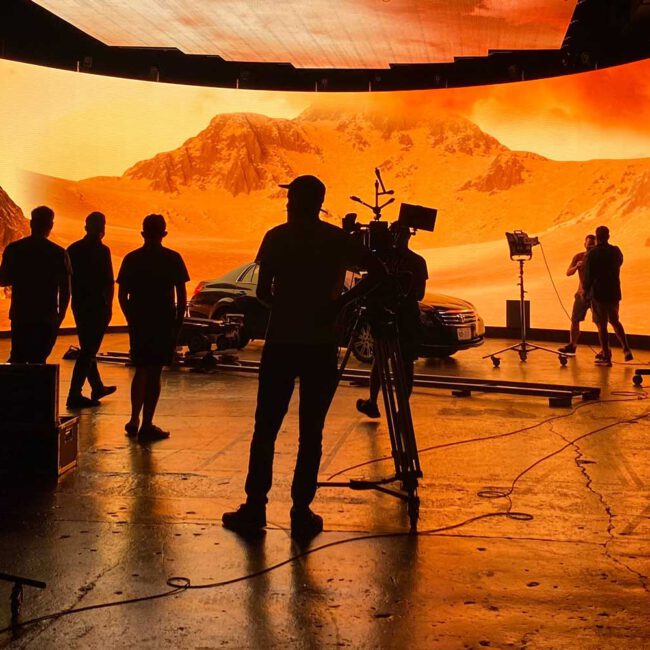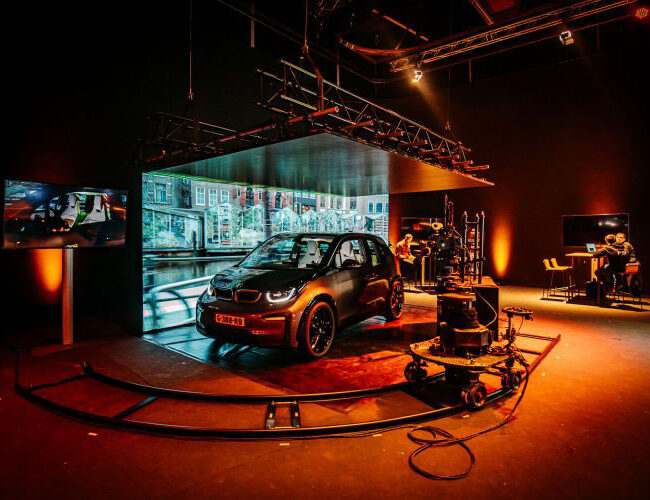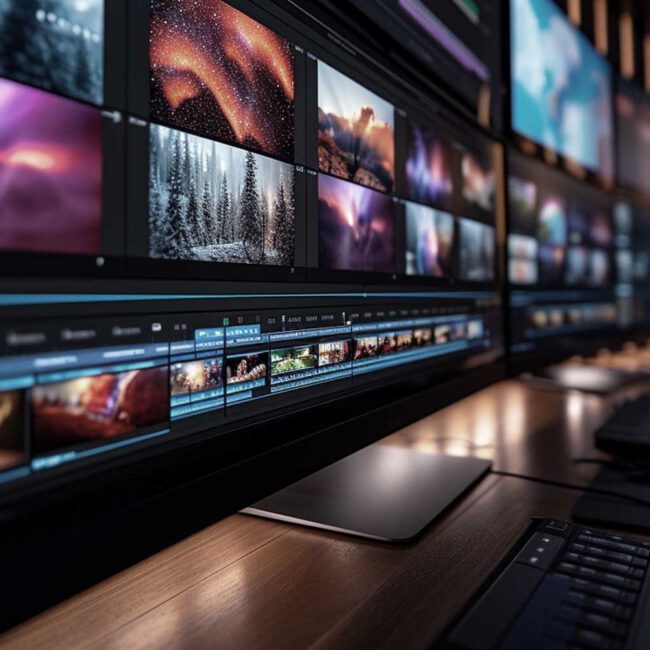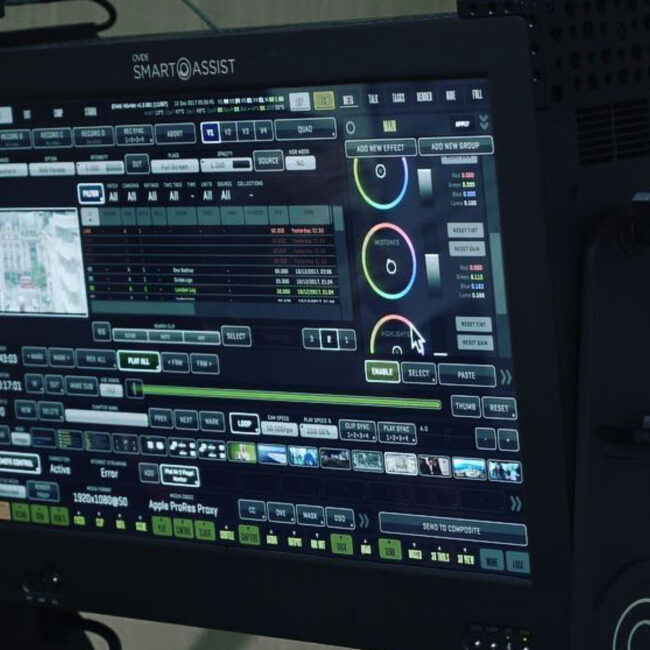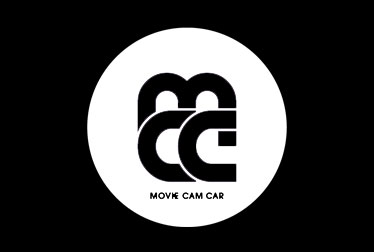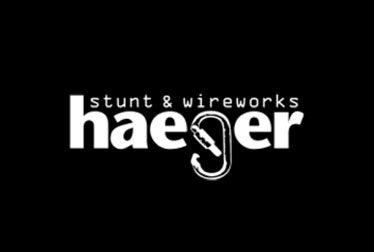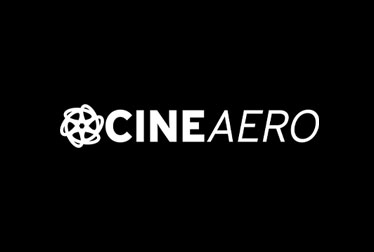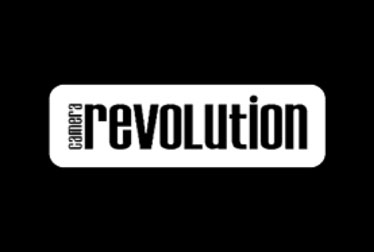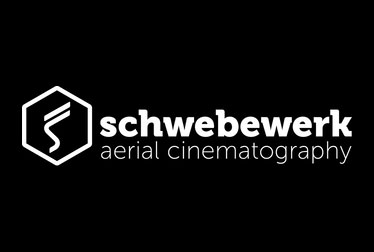

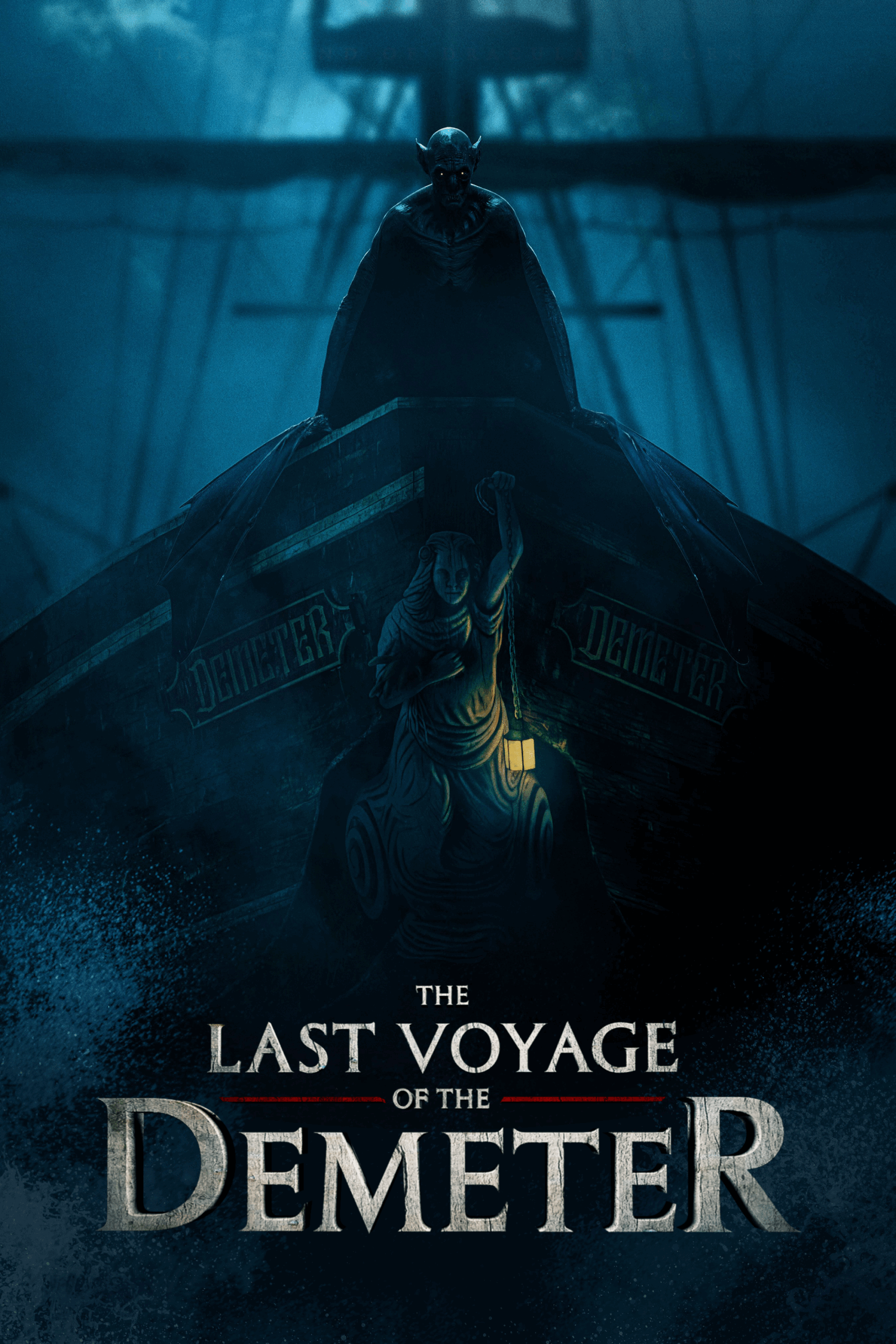
On the shoot for „The Last Voyage of the Demeter“ the challenge was fitting a lot of technical equipment in a very small space around a large outside studio pool with a full size sailing boat in it.
With 3D visualization, we managed to anticipate those issues and resolve them before even stepping on set. We gave each and every department the chance to revisit a virtual recce as often as needed—whether to plan camera angles, allocate machinery or ND car parking spots, define greenscreen sizes and coverage, map blocking positions, or identify potential hazards in collaboration with the Health & Safety team.
A virtual walkthrough ensured that everyone in production could quickly get up to speed on where things are happening and how the set will function.
After all, who hasn’t experienced the frustration of an entire crew waiting for half the set to be cleared from the shot?
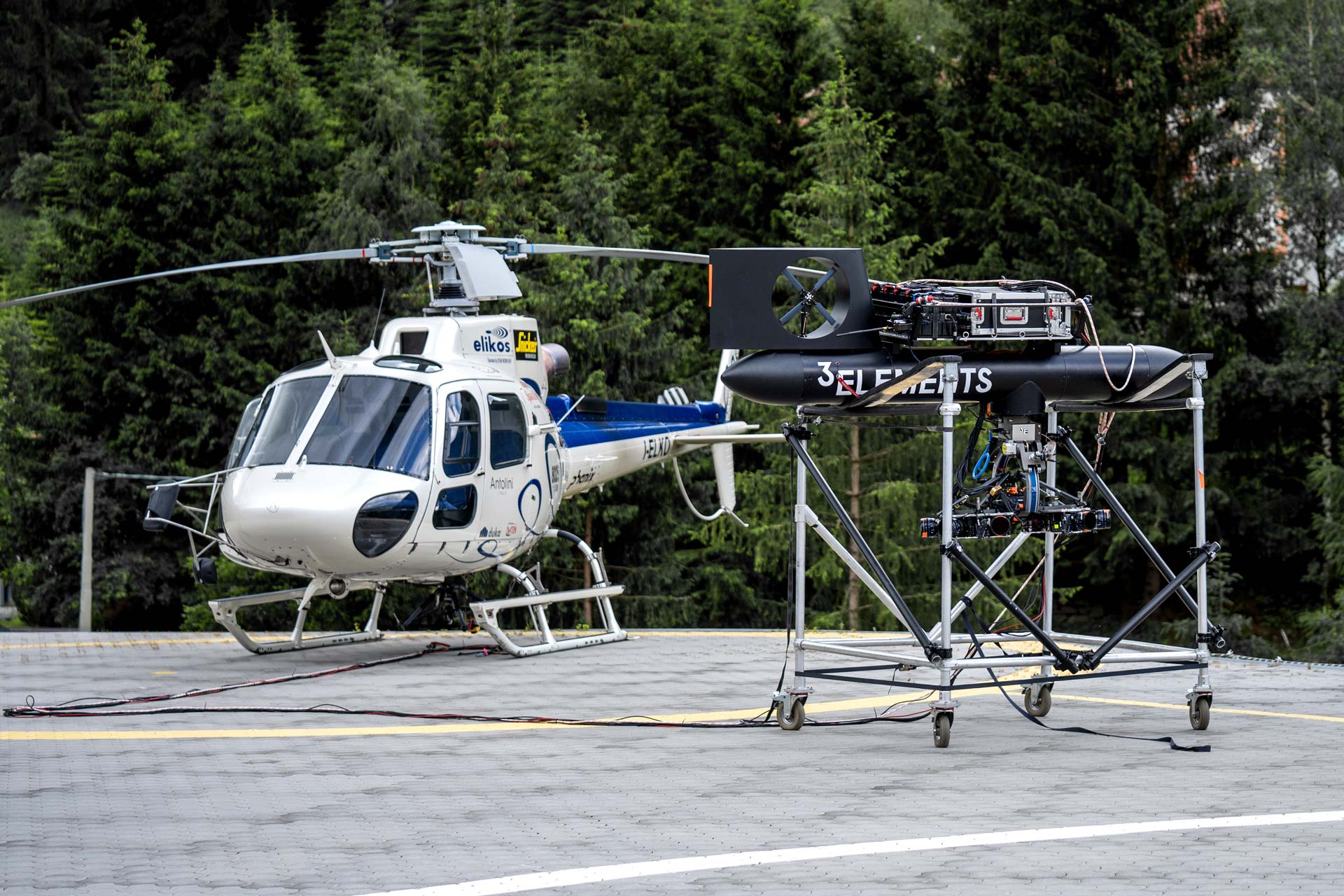
The Helipod was designed in 2012, mainly for the purpose to fly heavy 3D camera rigs close to the action with maximised 3D effect.
Another benefit of the pod is an unobstructed 360 deg view, which is not possible with standard nose mounts, which allows following and leading shots without any changes on the rig.
Any camera rig for helicopters need to be certified for the aircraft, but this doesnt apply for the pod, as it is technically a load. That means the pod allows the use of any available Helicopter with a cargo hook, no matter if this is a Chinook or an MD 500. The Pod can make any helicopter a camera ship.
Especially the unobstructed 360 deg view makes the pod a perfect tool to capture 360deg multi camera background plates for LED studios, for example to capture shots in a picture aircraft, paraglider and many more.
The Pod has an active, controllable rotary to maintain full control of the pod during take off and landing or flying really slow.
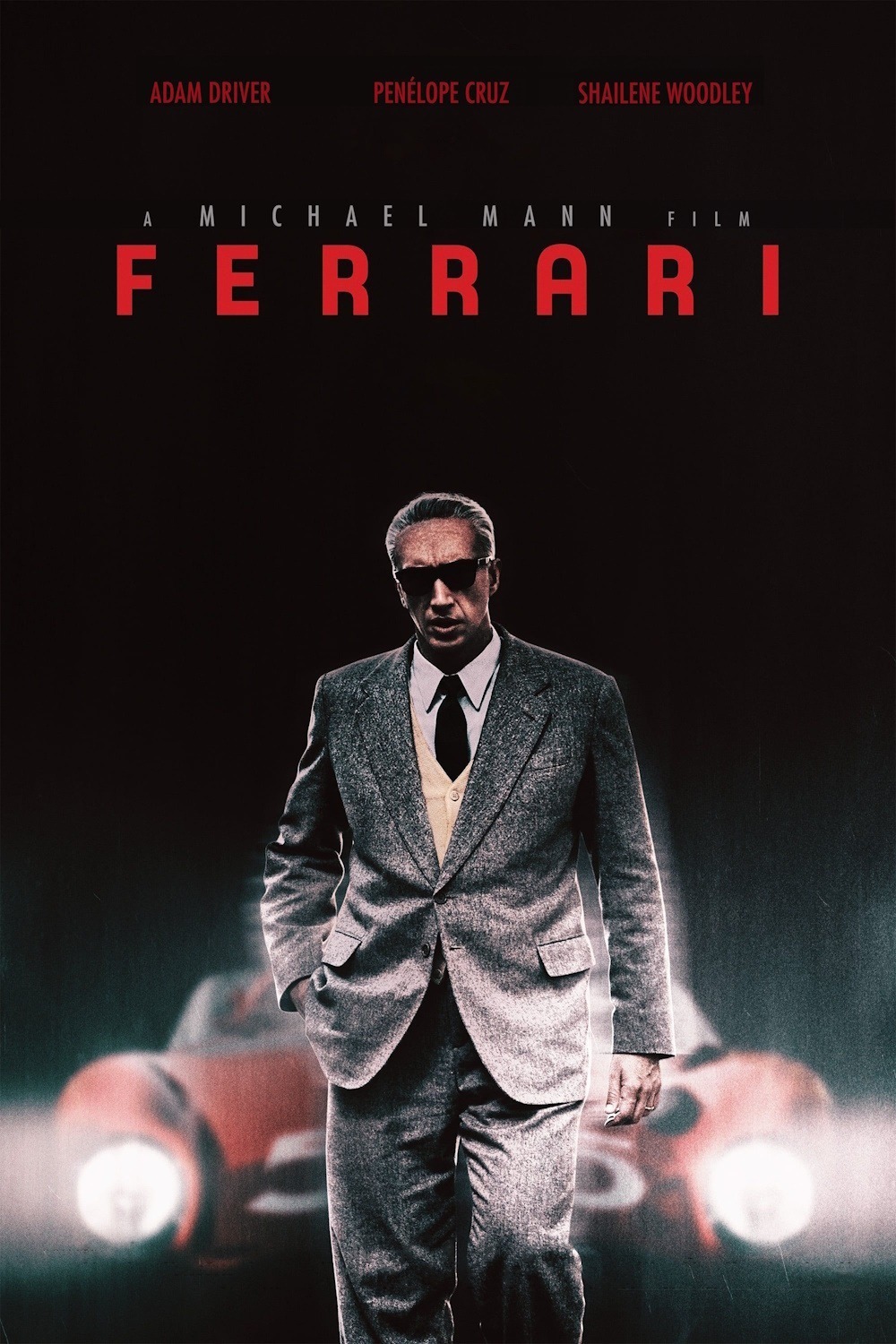
Shooting race cars is always a challenge—but shooting antique race cars adds an entirely new level of complexity. For Michael Mann’s „Ferrari“, everyone involved understood that the driving sequences needed to feel unlike anything seen before. The goal was clear: create dynamic, immersive footage that pushed the boundaries of conventional car cinematography.
To achieve this, we needed to find unique camera angles while maintaining complete remote operability from a follow vehicle. Mounting the cameras directly onto the race cars was essential—but a static hard mount wouldn’t suffice. Instead, we engineered a setup using a remote head mounted on a motorized slider, allowing us to shift the camera’s position and angle in real time, even at high speeds.
This approach introduced three major challenges:
Mounting: We had to discover creative ways to attach the slider and remote head system securely to vintage race cars, while maintaining visual appeal and mechanical stability.
Power & Performance: The motors powering both the slider and the remote head had to withstand intense G-forces and dynamic movement—especially during high-speed cornering.
Remote Control: Because the follow vehicle had to stay well outside the camera’s frame, we needed a robust solution to control both the head and the slider wirelessly across long distances.
To tackle these challenges, we partnered with Camera Revolution (UK) and KFX Technology. Together, we customized and fine-tuned their systems for our unique application. Over the course of three months, we rigorously tested the newly relaunched Libra L8 stabilized head and KFX’s motorized sliders—pushing them to their limits under increasing speeds and G-forces.
For scenes that demanded a raw, visceral feel rather than smooth stabilization, we opted for the Aurora head from KFX. Its unfiltered, more chaotic movement brought the energy we needed for certain sequences, capturing the pulse and danger of 1950s racing.
The end result was a camera system capable of delivering fluid, expressive, and adrenaline-fueled visuals—true to Michael Mann’s vision, and worthy of the iconic cars and story at the heart of Ferrari
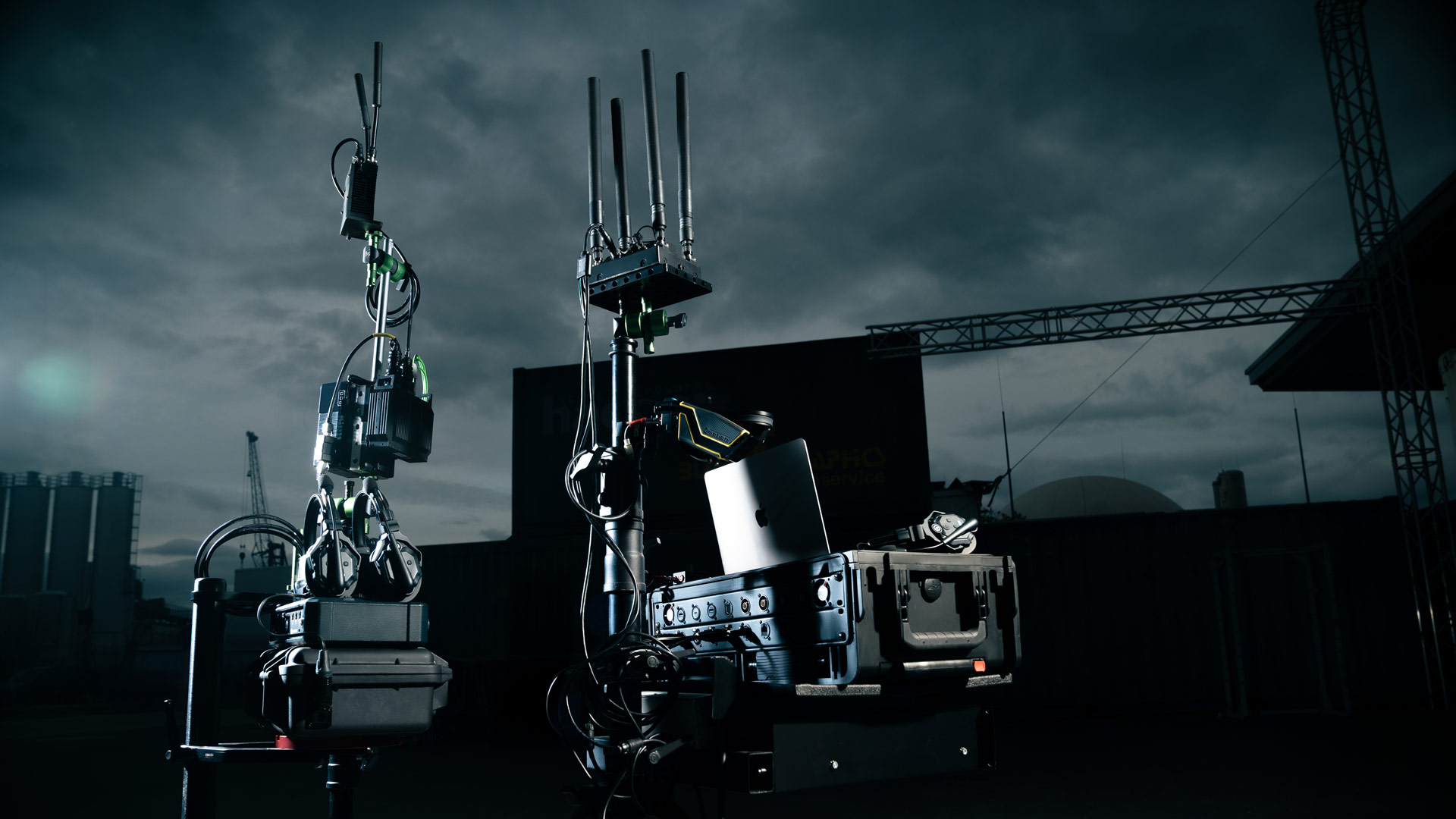
Modern film sets are brimming with communication technology. The camera assistant uses a wireless link to pull focus, video is transmitted wirelessly to video village, and crew members rely on walkie-talkies or intercom systems to coordinate. Despite the abundance of tools, they all share the same fundamental limitations: short range and the use of public frequency bands. This often results in overlapping signals and interference between competing systems.
We encountered these limitations firsthand on a shoot that required video village to be positioned far from the action. All filming took place in race cars on a high-speed track, and the RF radios provided could only deliver a basic video feed and limited camera control. Achieving this required multiple external devices attached to each camera, resulting in a tangle of loose cables and a fragile setup. Troubleshooting was frustrating—RF radios couldn’t be remotely programmed or managed—and establishing an intercom link was entirely impossible.
This experience led us to develop a better solution: CineLynk.
CineLynk is a fully integrated system designed to overcome the constraints of traditional on-set communication tools. It creates a private, scalable RF mesh network with up to 20 MHz of bandwidth, adaptable to the specific needs of each production by simply adding or removing radios from the mesh.
With CineLynk, we can provide:
- High-quality video transmission
- Lens and camera control
- Full-duplex intercom
- Reliable operation over distances of 6+ kilometers
- Near-zero latency
- Full remote monitoring and troubleshooting
CineLynk is designed to be both a standalone solution and a gateway to integrate legacy short-range systems. It can even bridge communication between devices from competing manufacturers—such as incompatible intercom systems—creating a unified workflow. Most importantly, it keeps the footprint on the camera minimal, ensuring maximum flexibility without compromising performance.
CineLynk is not just an upgrade—it’s a redefinition of what on-set communication can be.
For further information follow this link to the product website : CineLynk.com
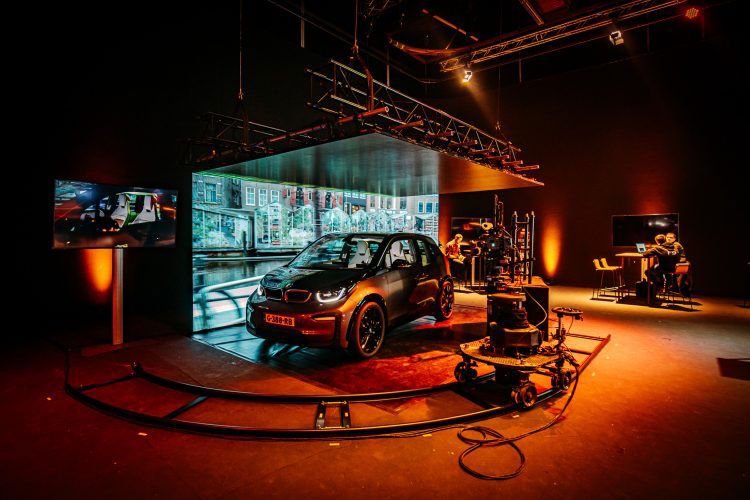
Virtual production has firmly established itself in the film and media industry—and it’s no longer reserved for high-budget productions. The growing demand for sustainable production practices and tighter budgets has made virtual techniques accessible for a wider range of scenarios, such as driving shots or background plates for water and aerial scenes.
These types of shots, once captured on location, can now be efficiently produced in a controlled studio environment. However, despite the logistical advantages, they still require careful planning and coordination. The process can generally be broken down into four key stages:
- Pre-Production Planning: Defining the locations and the duration of the required background plates.
- Camera Setup: Choosing the right camera configuration and identifying the appropriate mounting platform.
- Post-Production: Stitching together the individual camera feeds to create a seamless final plate.
- Studio Playback: Preparing and delivering the content for LED wall playback in the virtual production environment.
Traditionally, executing these stages involves coordinating between at least three specialized suppliers—one for tracking, one for post-production, and another for studio playback. In many cases, a fourth party may be needed to handle camera arrays, which require different expertise compared to standard single-camera setups. This fragmented approach can introduce delays, communication issues, and added complexity. That’s without even factoring in the considerable cost.
Our goal was to simplify this process and bring it under one roof. We set out to identify a camera system that could be integrated with our tracking vehicles, processed entirely in our post-production pipeline, and then delivered either to an external playback provider or directly into our in-house virtual production studio.while maintaining a price that meets the demands of today’s market.
And we made it happen.
We engineered a custom plate car with a low-profile frame and modified one of our 5-axis stabilized heads to support a 360° 12K camera array—which we also adapted for use beyond traditional studio or tripod setups. This system was purpose-built for dynamic, real-world environments.
To complement the hardware, we developed a tailored post-production workflow that delivers maximum flexibility in color grading, stitching, and multi-format export, including various LED wall specifications. The result is a powerful, mobile, high-resolution capture solution ready for modern virtual production demands.
By unifying the entire workflow—from capture to final playback—we managed to eliminate many common pain points. Our clients no longer need to worry whether footage will be compatible with post or playback systems, or if schedule shifts will require rescheduling with multiple vendors. We ensure the captured footage is optimized for our processes, and the final stitched and graded plates are guaranteed to perform flawlessly on the studio LED screens.
For further information follow this link to the virtual production website: Cineplates.de
DOWNLOAD CATALOG
HOUSES WE SERVED
Feature films, SERIES & COMMERSIAL PRODUCTIONS
